Priya Mehta – StudioArt Innovations
Priya Mehta, with her exceptional creative flair and design acumen, has landed a prestigious role at StudioArt Innovations, a design studio known for its groundbreaking work. Priya’s annual salary package
Would you like to improve your ability to create amazing logos? If so, then check out Bapu Graphics’ Logo Design Course! This course will teach you everything you need to know about designing logos, from the basics to advanced techniques and software. With Bapu Graphics, you’ll have skilled instructors who can show you how to create logos that accurately represent a brand and leave a lasting impression on the viewer. The course covers several topics, including typography, color theory, branding, and much more. Complete the course and unlock your full potential as a designer! Don’t wait; register for the Logo Design Course today.

In order to create an identity that is unique and recognizable, logo design is a vital tool for businesses and organizations. A well-designed logo can help a business stand out from its competitors and communicate effectively with its prospects and customers. In this course, students will learn the principles of effective logo design and will have the opportunity to design their own logos.
The course introduces students to different types of logos and explores the use of color, typography, and other design elements. Also, they will learn how to research and understand the needs of their clients, and how to conceptualize and execute logo designs that meet those needs.
By the end of the course, students will have created professional-quality logos for a wide range of businesses and organizations.
Logo design is the process of creating a visual representation of a company or brand. It can be accomplished through the use of color, typography, iconography, and other design elements. An attractive logo is an important part of any company’s marketing strategy, as it can leave a lasting impression on potential clients.
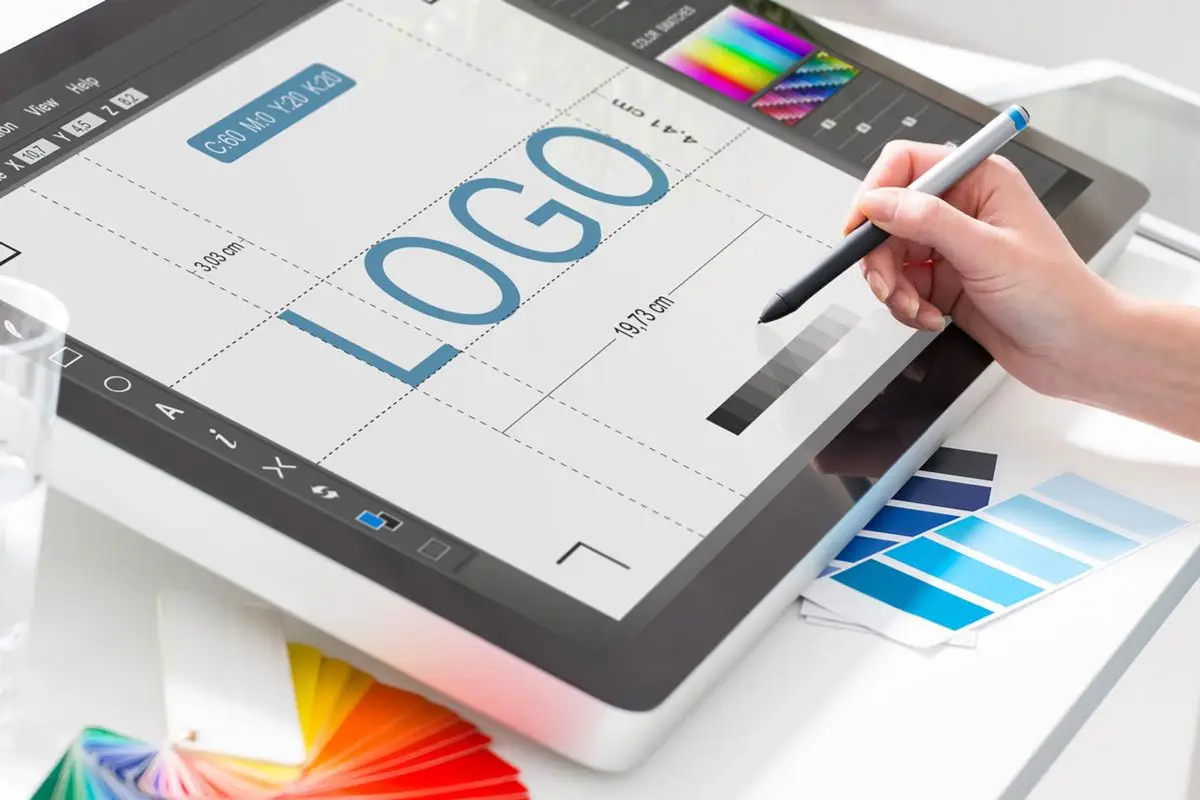
The importance of a logo shouldn’t be underestimated, but it’s also important to remember that the design itself is only part of the equation. There is more to a logo than just a pretty picture; it should reflect the company’s values and communicate the brand’s message clearly. To put it another way, a logo should be both visually appealing and functional.
There are no hard and fast rules when it comes to logo design. It is, however, important to follow certain dos and don’ts when creating a successful and memorable logo.
The goal of this course is to teach you how to design logos that are both visually appealing and effective. At the end of the course, you will be able to:
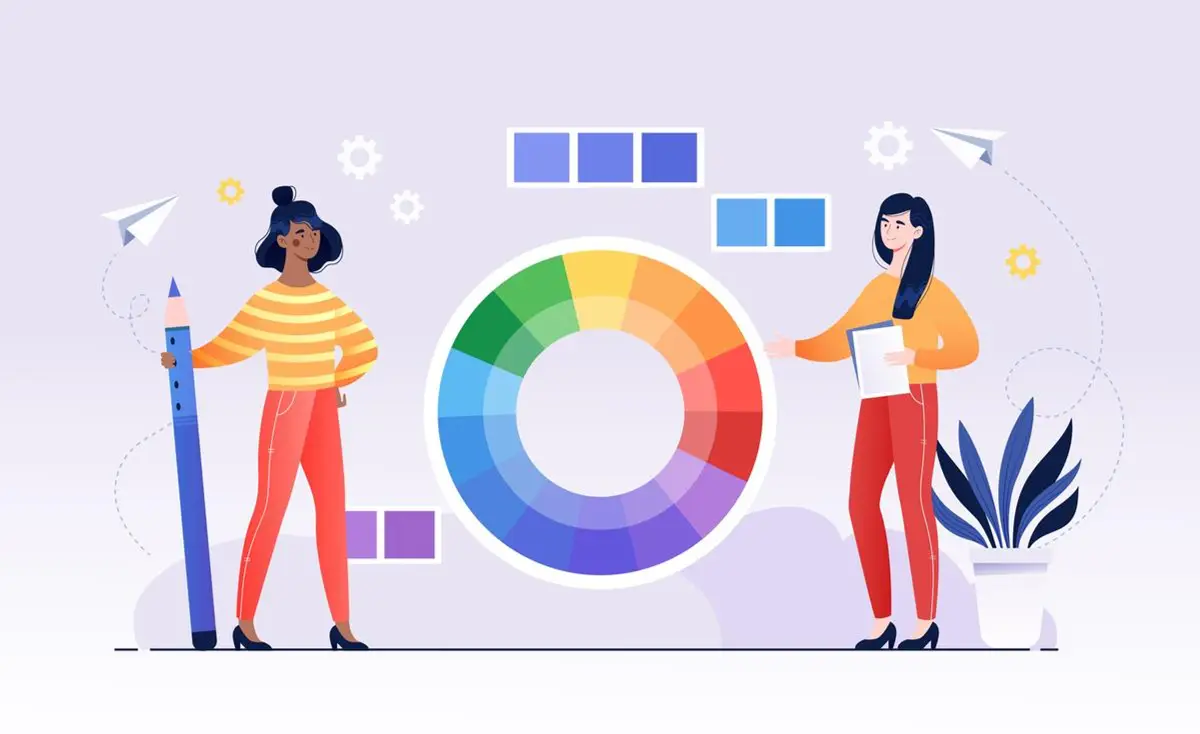
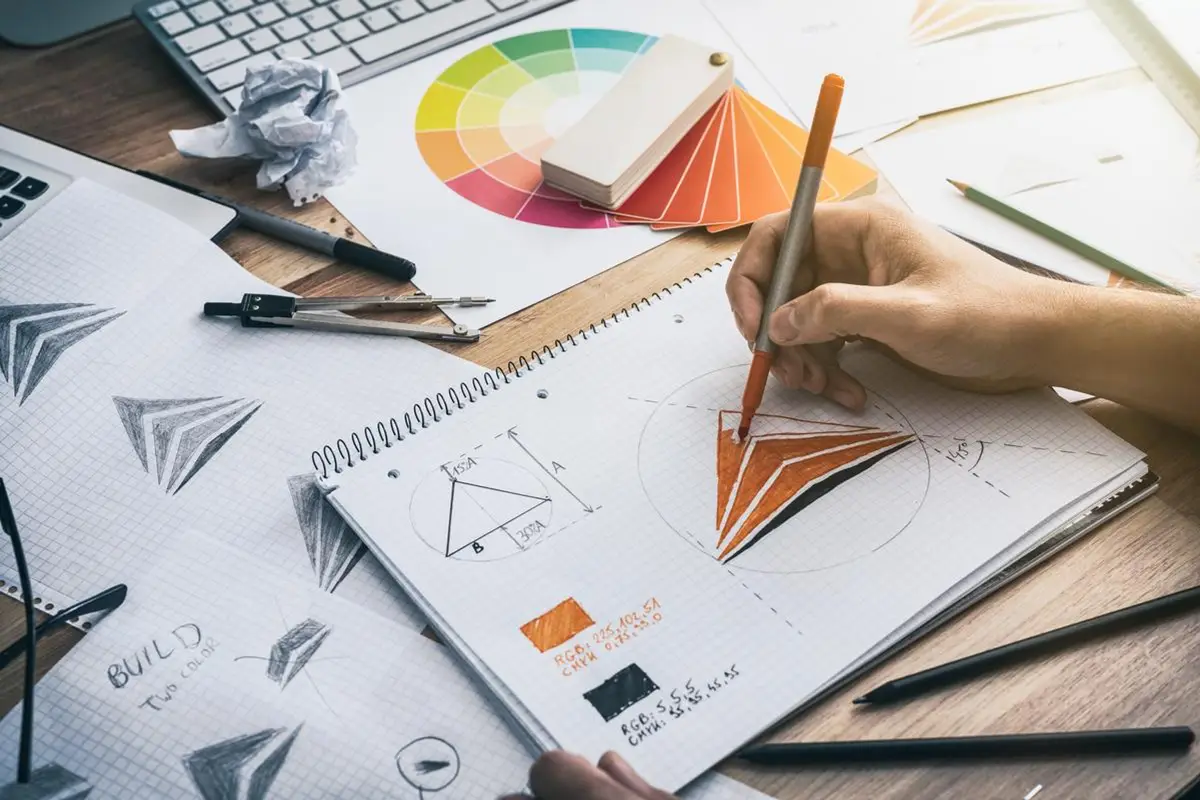
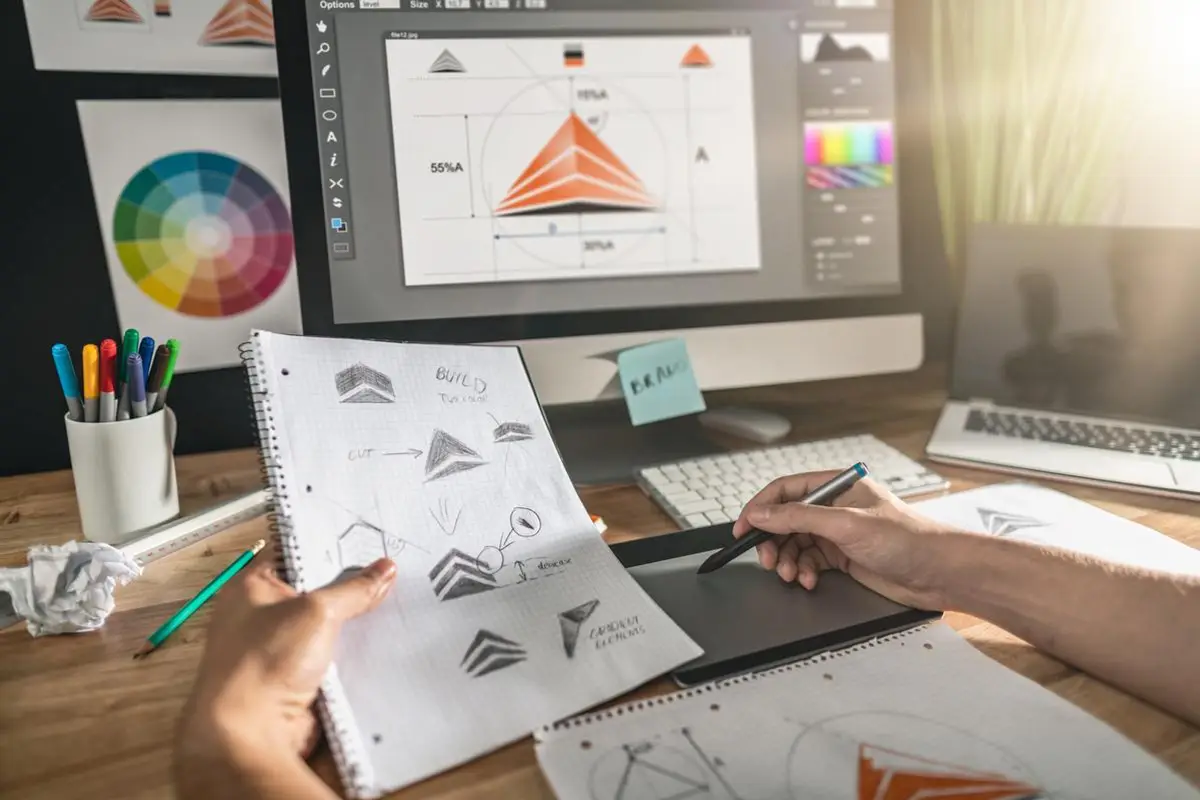
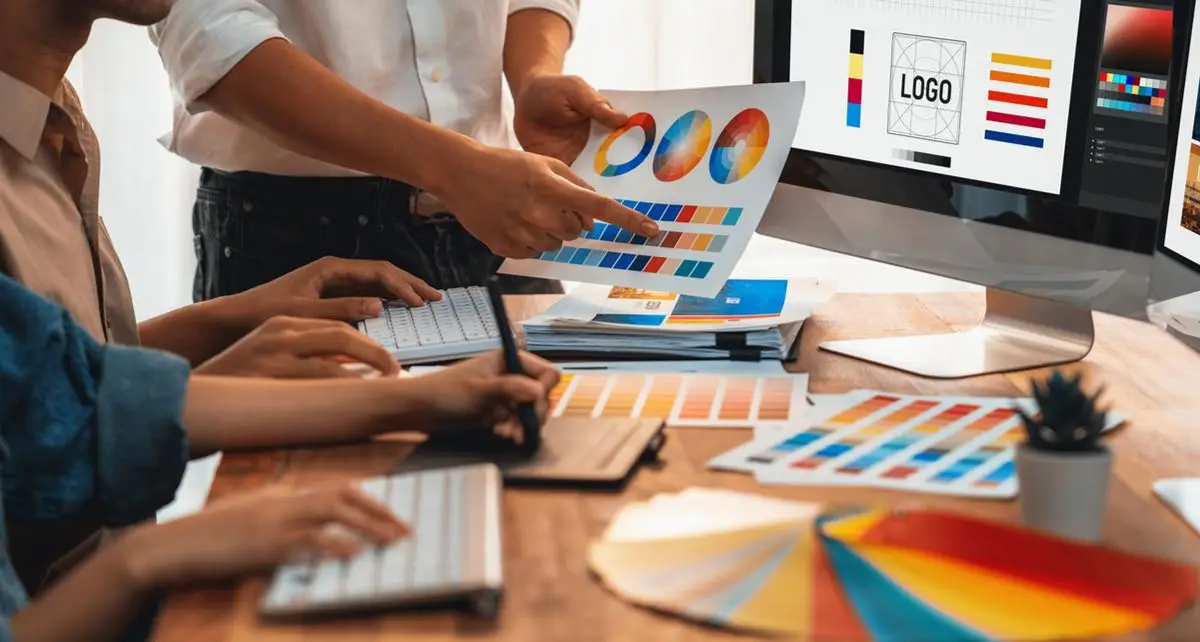
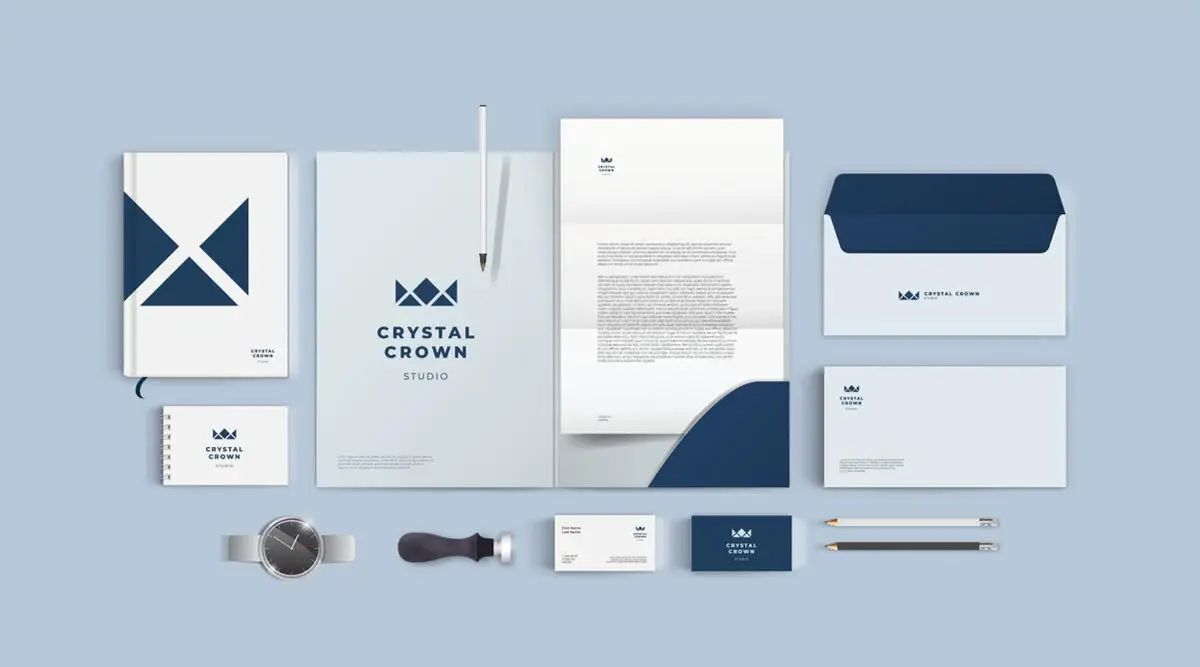
Students will work on a comprehensive logo design project, from conceptualization to final presentation, incorporating all the skills learned throughout the course.
Assessment and Certification
This logo design course offered by Bapu Graphics covers both the artistic and technical aspects of logo design, providing students with the skills and knowledge needed to excel in the field of graphic design and branding.
Here we proudly present the outstanding work created by our talented students. At Bapu Graphics, we are committed to nurturing creativity and helping our students develop their design skills. The logos featured here are a testament to their dedication, creativity, and passion for design.
LESSON 1: The Research Stage
Lesson One starts with a brief history of logo sorts, taking a gander at a percentage of the verifiable impacts on logo design. At that point, we’ll proceed onward to an exchange of examination, and the essential part it plays in logo design. You’ll start to investigate our course contextual investigation, a genuine task with some fascinating turns. In the activity, you’ll investigate the customer meeting and research handle and make three sort-based logo ideas.
LESSON 2: The Design Stage
Lesson Two investigates both what you have to think about as a logo designer and what instruments you’ll need. You’ll pick up a feeling of what the important parts of a logo are, by looking at the qualities and shortcomings of test logos. Section two of the contextual analysis moves by sample through the design process, showing a large portion of the focuses talked about in the lesson. The activity concentrates on idea advancement and the formation of three preparatory logo designs.
LESSON 3: The Finalization Stage
Tweaking and the control of positive and negative space make up the dominant part of Lesson Three. We additionally talk about how parts of logo design make for solid brand acknowledgment, and how to make a brand manual containing rules for logo use. The contextual analysis takes a fascinating turn, demonstrating that every undertaking is one of a kind, then the last venture concentrates on building your scrutinizing aptitudes and settling one of your preparatory logo ideas.
Logo designs come in various styles and formats, each with its unique characteristics and purposes. Choosing the right type of logo design for a brand is essential as it can convey the company’s values, identity, and message effectively. Here are some different types of logo designs:
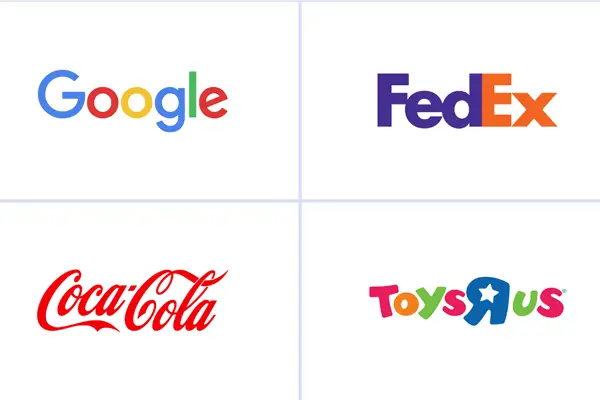
A wordmark logo consists of the brand’s name written in a distinctive font or typography.
It relies solely on text to represent the brand, making the company’s name a recognizable symbol.
Examples include the logos of Coca-Cola, Google, and Disney.
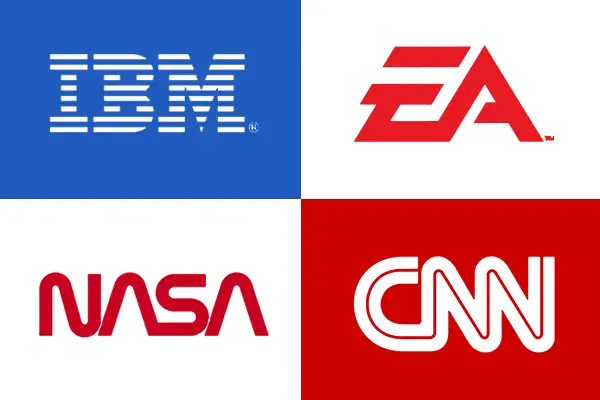
Lettermark logos are composed of a few letters or initials of the brand’s name.
They are particularly useful for brands with long or hard-to-pronounce names.
Well-known lettermark logos include IBM, HBO, and CNN.
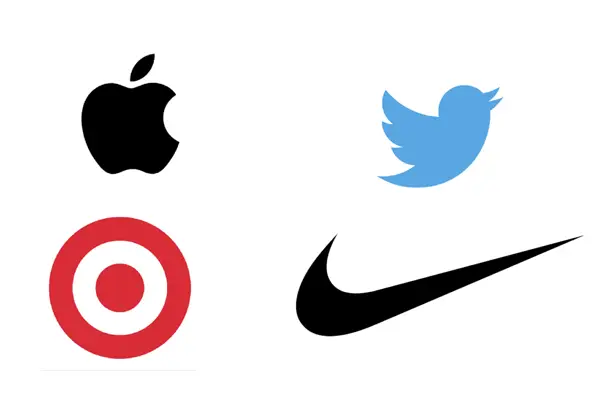
Pictorial logos use a graphic or symbol to represent the brand without any text.
These logos are highly visual and can communicate a brand’s identity or industry through imagery.
Examples include the Apple logo, Twitter’s bird symbol, and the Nike swoosh.
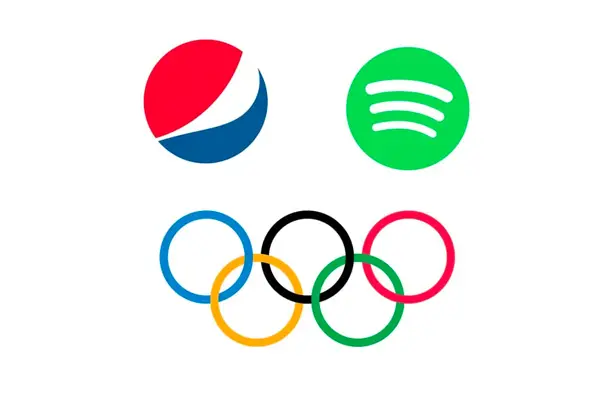
Abstract logos feature unique, non-representational shapes, patterns, or forms.
They are open to interpretation and can represent various aspects of a brand’s identity or values.
Notable examples include the Pepsi globe and the Adidas trefoil.

Combination marks incorporate both text and a symbol or icon.
This type of logo provides flexibility and can be used with or without the text portion.
Famous combination mark logos include McDonald’s, Burger King, and FedEx.
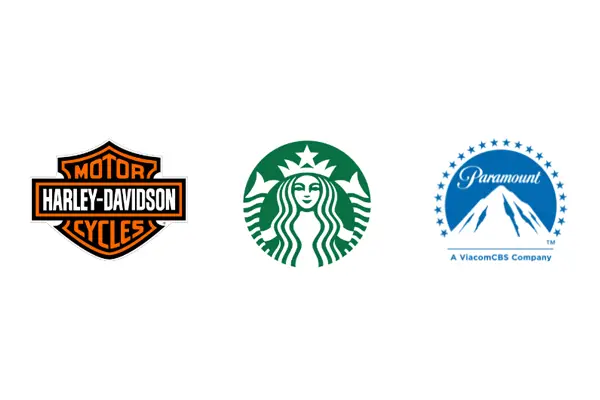
Emblem logos consist of the brand’s name enclosed within a symbol or badge.
They often have a traditional or vintage appearance, resembling official seals.
Notable emblem logos include Starbucks and Harley-Davidson.
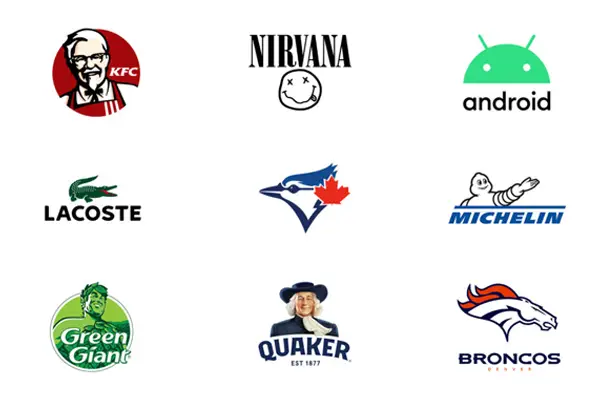
Mascot logos feature a character or figure as the brand’s representative.
These logos are often fun, friendly, and memorable, appealing to a broad audience.
Examples include the KFC Colonel and the Michelin Man.
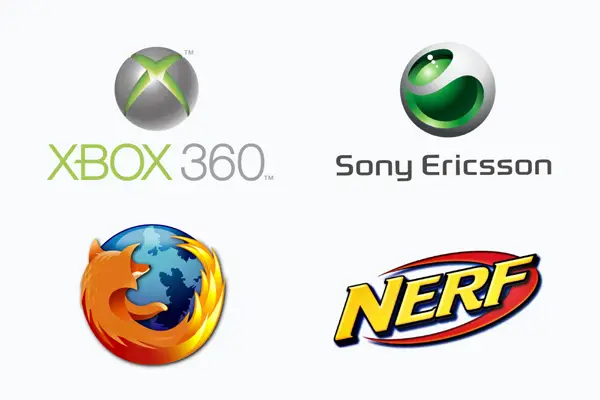
3D logos use three-dimensional effects to create depth and dimension in the design.
These logos can add a sense of realism and uniqueness to a brand’s identity.
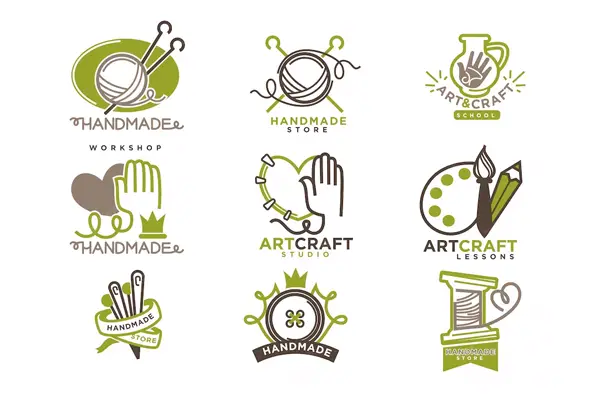
Handmade logos are created with an artistic, hand-crafted feel, often using custom illustrations or calligraphy.
They can convey a sense of authenticity and personal touch.

Geometric logos rely on geometric shapes and patterns to create a structured and visually appealing design.
They can represent precision, balance, and order.
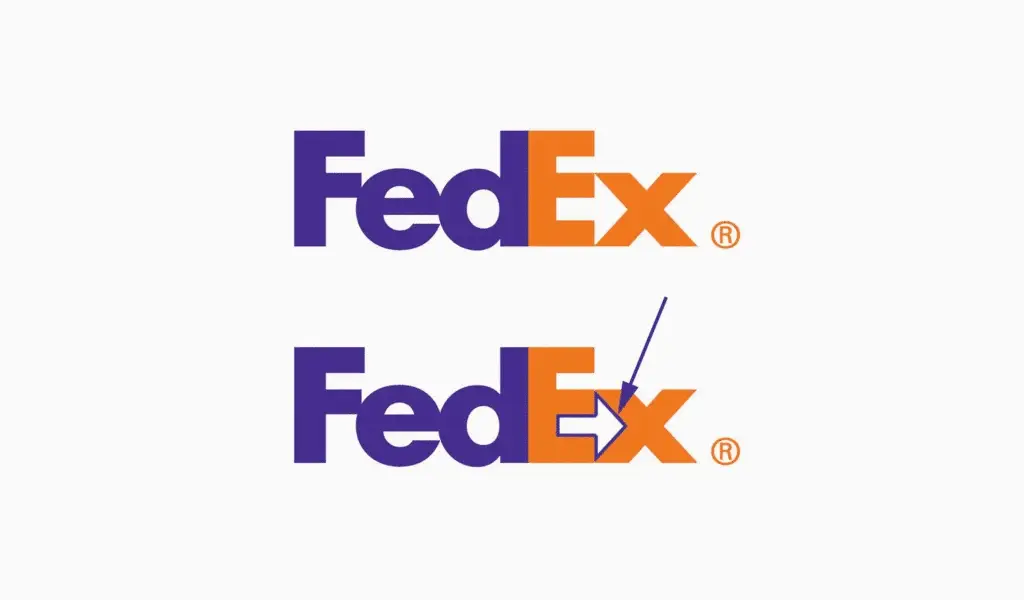
Negative space logos cleverly use the space within and around their design elements to create hidden or secondary images.
They engage viewers by revealing hidden meanings upon closer inspection.
An iconic example is the FedEx logo hidden arrow.
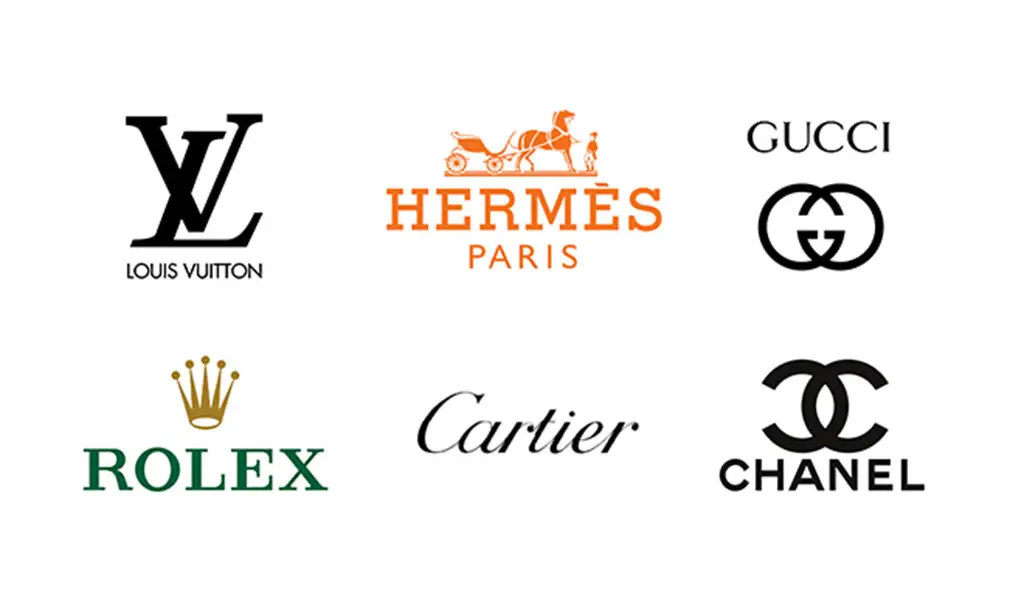
Luxury logos are characterized by elegant, sophisticated, and often minimalist designs.
They use premium fonts, colors, and symbols to convey exclusivity and quality.
Brands like Chanel, Rolex, and Louis Vuitton use luxury logos.
Completing a logo design course from Bapu Graphics can open up a world of exciting job opportunities and placement prospects. Bapu Graphics is known for offering comprehensive graphic design programs, including logo design, which equip students with the skills and knowledge needed to excel in the field.
Here are some job options and placement opportunities you can explore after completing a logo design course from Bapu Graphics:
As a logo design course certified, you can work as a graphic designer in various industries. Your skills in logo design will make you a valuable asset in creating branding materials, advertisements, promotional materials, and more. Graphic designers are in demand across sectors such as marketing, advertising, publishing, and web design.
With specialized training in logo design, you can pursue a career specifically focused on creating logos for businesses, startups, and organizations. Logo designers are often sought after for their ability to create visually compelling and memorable brand identities.
Many logo designers choose to work as freelancers, offering their services to clients on a project-by-project basis. Freelancing provides flexibility and the opportunity to work on a diverse range of projects, from small businesses to global corporations.
Marketing agencies often hire logo designers to work on branding and advertising campaigns for their clients. Your skills in logo design will be valuable in creating brand identities that resonate with target audiences.
Advertising agencies require skilled graphic designers to develop compelling advertisements and promotional materials. Your logo design skills can be applied to create eye-catching visuals for print and digital campaigns.
Many companies have in-house design teams responsible for creating and maintaining their brand identity. Joining such teams allows you to work closely with a specific brand and ensure consistency across all design materials.
Bapu Graphics has a reputation for providing quality education and often has strong industry connections. They may assist you in finding placements and internships with reputable companies in the design field. Additionally, they may offer job placement assistance, which includes resume building, portfolio development, and interview preparation, to help you secure a position in your desired field.
Priya Mehta, with her exceptional creative flair and design acumen, has landed a prestigious role at StudioArt Innovations, a design studio known for its groundbreaking work. Priya’s annual salary package
Aryan Kapoor’s talent and passion for logo design have led him to secure a prominent position as the Lead Designer at ColorSplash Creations, a well-established creative agency in India. Aryan’s

The Bapu Graphics Logo Design course offers a comprehensive curriculum, passionate instructors, and strong portfolio-building opportunities. I now run my design studio, thanks to the valuable insights and guidance from

Bapu Graphics' Logo Design course transformed my career. It provided technical skills, fostered creativity, and exposed me to industry tools. Now a full-time logo designer, I owe my success to

The Logo Design course at Bapu Graphics was transformative. Comprehensive content, supportive instructors, and a focus on practical learning set it apart. I've already begun freelance work thanks to the
Answer: You can enroll in our Logo Design Course in Rohini, offline or online courses at any time you wish. Please just bear in mind that your enrolment begins at the point that you register.
Answer: Especially when it comes to freelancing, logo designers really have a chance to earn decent money online and offline too.
Answer: People who design logos are normally called logo designers.
Answer: No prior design experience is required. Our Logo Design course is suitable for beginners as well as individuals with some design background.
Answer: Bapu Graphics offers both online and in-person options for the Logo Design course, allowing you to choose the mode of learning that best suits your needs and location.
Answer: Our instructors are experienced professionals with a background in graphic design and logo design. They have industry knowledge and expertise to guide you effectively throughout the course.
Enroll Now and Expand Your Knowledge! Register for Our Exciting Course Selection Today!
At Bapu Graphics, we specialize in providing top-notch training in web designing, graphics designing, digital marketing, animation, video editing, and much more. Our expert faculty members are industry professionals, ensuring that our students receive the highest quality education and practical insights into their chosen fields.
H-17 / 263, First Floor, Sector 7, Rohini
Near Rohini West Metro Station
Opposite Metro Pillar No. 425
Rohini, Delhi – 110085
Ansal Sushant City, Kundli,
Distt. Sonipat, Haryana, India
Near Panipat, Karnal
© Bapugraphics. All Rights Reserved
WhatsApp us